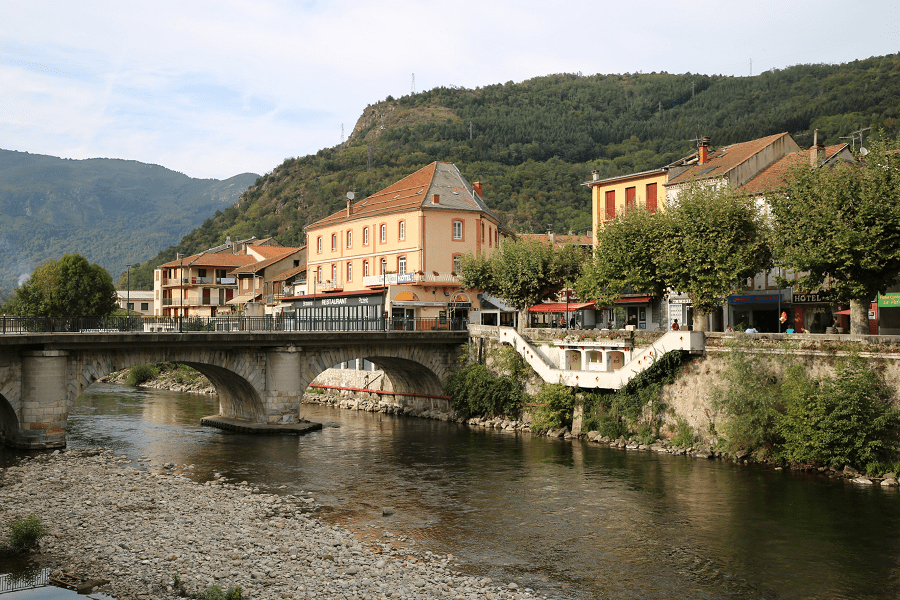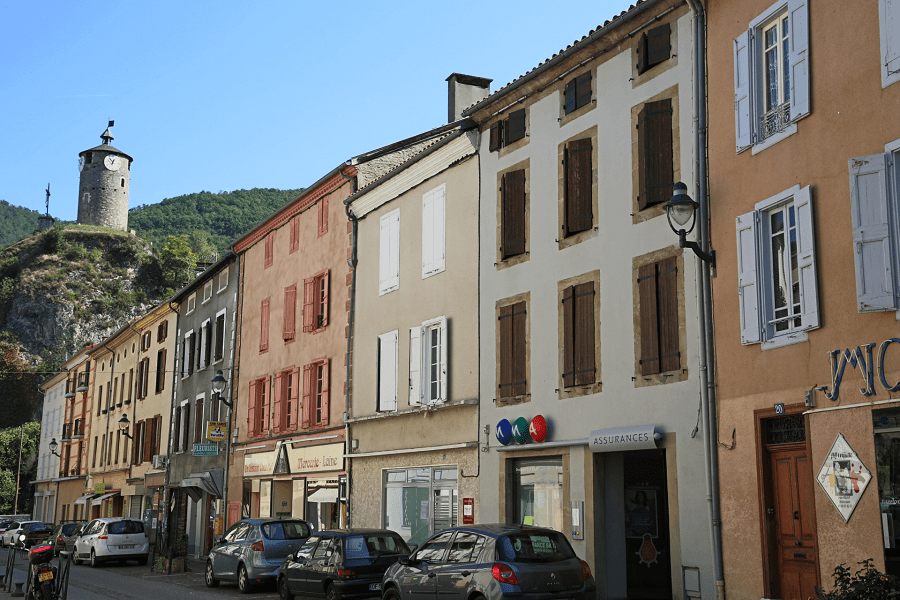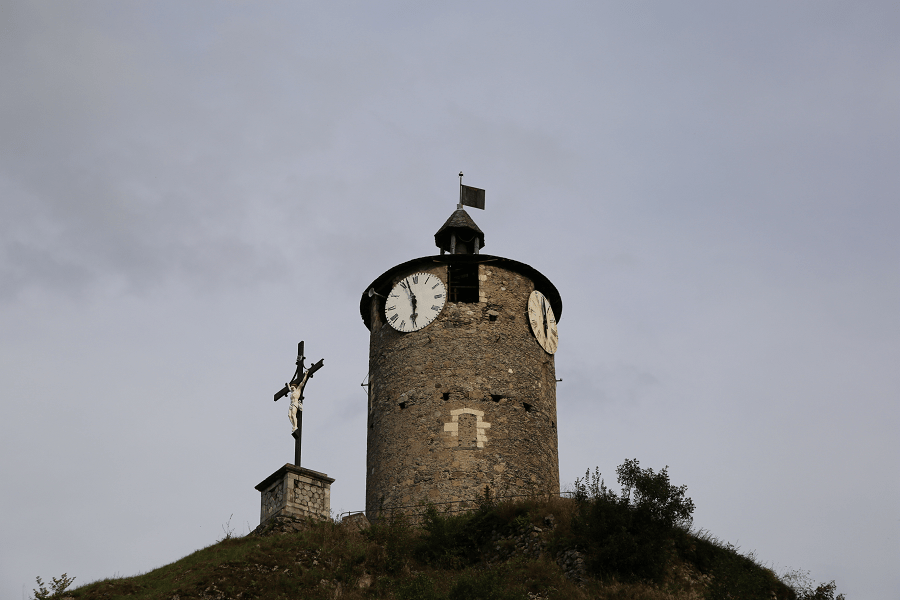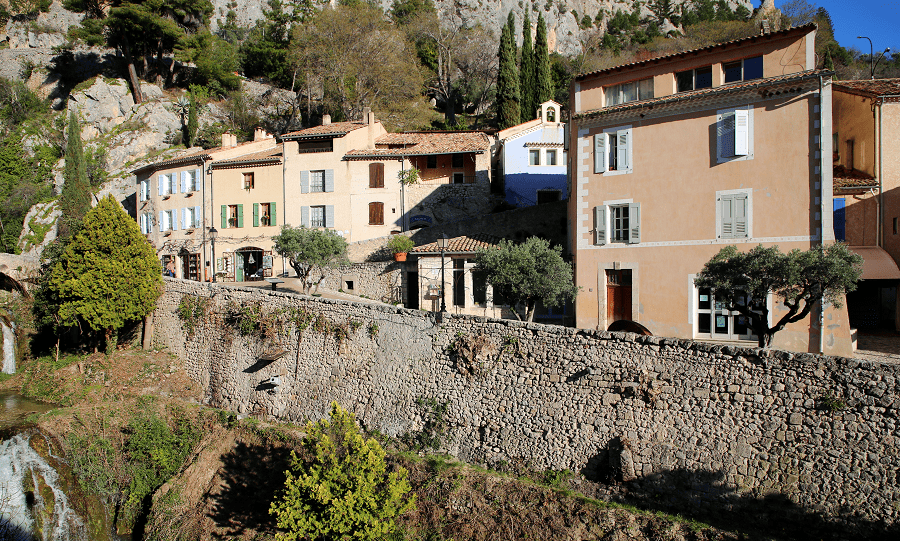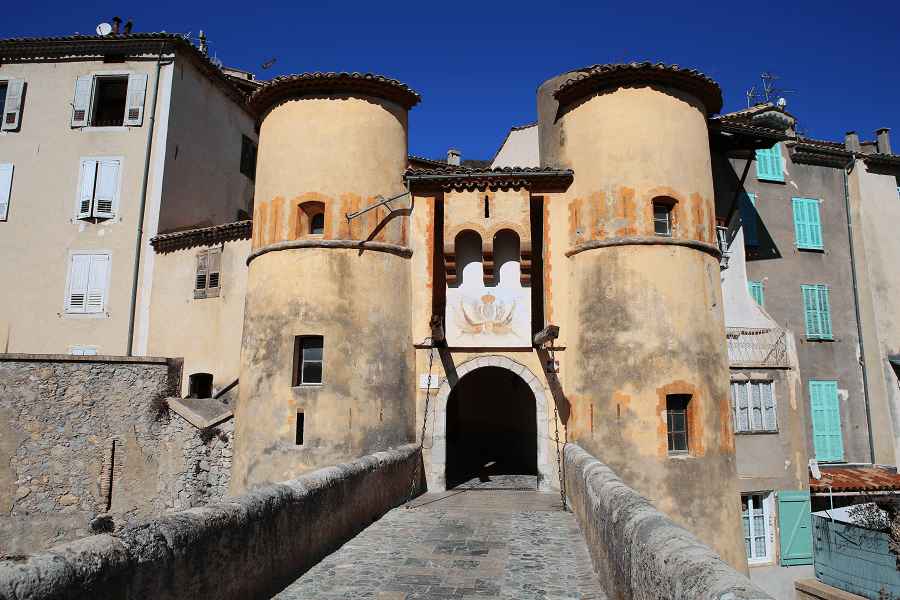Tarascon-sur-Ariège (fr. Tarascon-sur-Ariège) is a commune in the Ariège department in southwestern France, Occitania, Pyrenees.
The city is located about 100 km from Toulouse to the south.
Historians believe that Tarascon-sur-Ariège is one of the world capitals. Why? Because around the city there is the largest number of cave zones in the world, says the mayor Alan Sutra.
At the same time the city is an industrial center located at an important crossroads of roads. It is formed by the meeting of the lower town – at the confluence of the Ariège and Vicdessos rivers – and an upper town, formerly fortified, which leans against a mound surmounted by a round tower.
Tarascon-sur-Ariège was an important commercial center in the Middle Ages. Managed by consuls, it is one of the four towns in the county of Foix. In the twelfth century, a second enclosure was built, as well as a bridge which made it possible to cross the Ariège, but in the fourteenth century the extension of the city was such that it came out of the enclosures with, for example, the appearance of the Faubourg Sainte -Quitterie “at the end of the bridge” and the Saint-Jacques district “outside the door”.
Between 1625 and 1630, the bishop of Pamiers Henri de Sponde, godson of Henri IV, tried to establish a convent of Minimes in Tarascon but failed due to lack of resources.
On November 10th, 1632, Captain Teulade de Foix informed the consuls that by order of King Louis XIII and Cardinal Richelieu, the Count’s castle of Tarascon had to be demolished “ground floor” at the city’s expense. The tower of Mount-Négré and the Château Lamotte suffered the same fate.
In 1775, the Castella tower, which overlooks Tarascon, was built. It follows the demolition, by order of the provincial engineer, of the Porte de Foix. The materials resulting from the destruction are partly reused during the construction of the round tower of Castella, the other part will be used for the restoration of the Porte d’Espagne. The Castella tower is located on the former site of the feudal castle.
The Ariège metallurgical company, a client of the Rancié iron mines, invested in a blast furnace installed in the town in 1869, thus sounding the death knell for Catalan forges. It will also use it for the excellent ore that it exploits for its own account at the Pimorent mine in the town of Porté-Puymorens in Cerdagne.
A tram operated from 1911 to 1932 serving the Vicdessos valley and constituting the line from Tarascon-sur-Ariège to Auzat.
On April 1, 1973, the commune of Banat was attached to that of Tarascon-sur-Ariège under the merger-association regime.
Tourism and main attractions
- Lacombe Castle
- Notre-Dame de Sabart Chapel
- Sainte-Quitterie Church
- Notre-Dame-de-la-Daurade Church
- Lombrives cave
- Pyrenean park of prehistoric art
- Castella Tower
- Saint-Michel Tower
- Fortifications
- Many arcades, including the Lacaussade gate.
Shopping
Best nearest shopping is in Toulouse.
Restaurants
Best nearest restaurants are located in Toulouse.
How to get to?
From Paris: 8 hr 9 min (778 km) via A20
From Toulouse: 1 hr 13 min (103 km) via A66 and N20
From Andorra: 1 hr 33 min (82.1 km) via N20
From Barcelona: 3 hr 15 min (225 km) via C-16 and N20
From Madrid: 8 hr 15 min (738 km) via A-2
From Monaco: 6 hr 17 min (592 km) via A8
From Moscow: 39 hr (3,517 km) via E30/M1
From Belgrade: 19 hr 54 min (1,896 km) via E70
From Istanbul: 30 hr (2,845 km) via E70
From Bern: 8 hr 38 min (850 km) via A9
Main information
Area: 8.7 sq. km
Population: 3 070
Languages: French
Currency: euro
Visa: Schengen
Time: Central European UTC +1
Coordinates: 42° 50′ 54″ N, 1° 36′ 24″ E
See here Pyrenees travel guide
See here France travel guide
See here Spain travel guide




